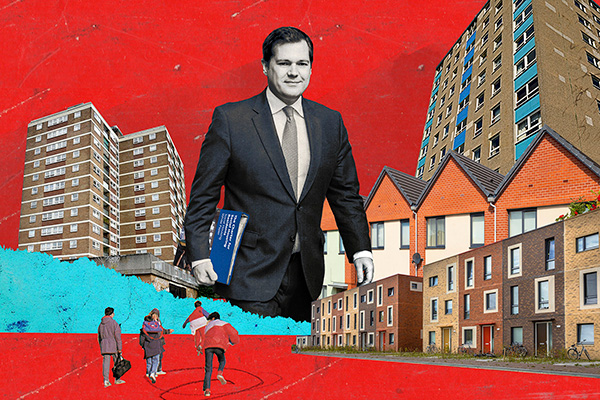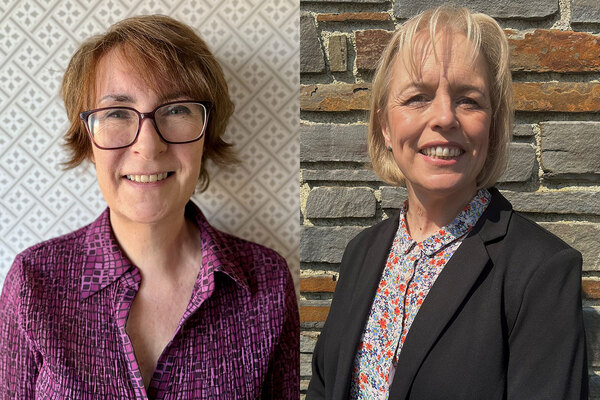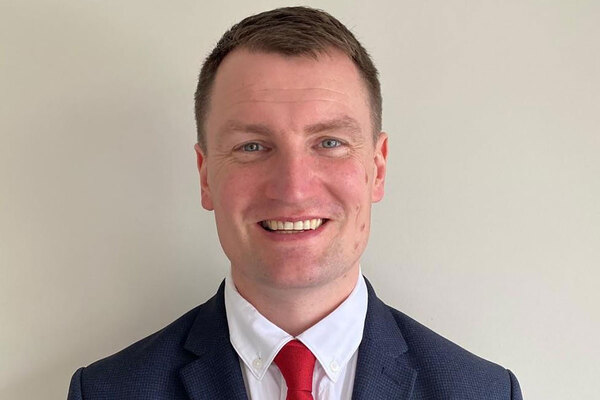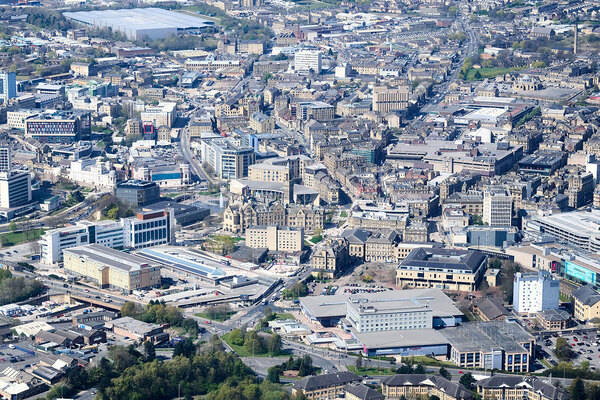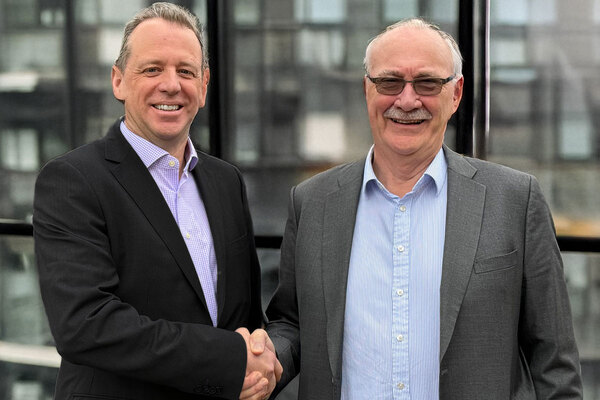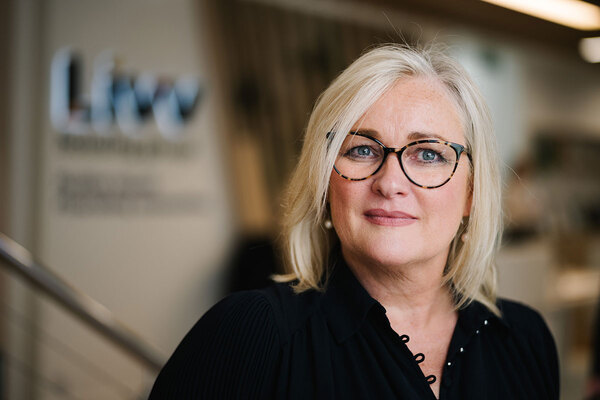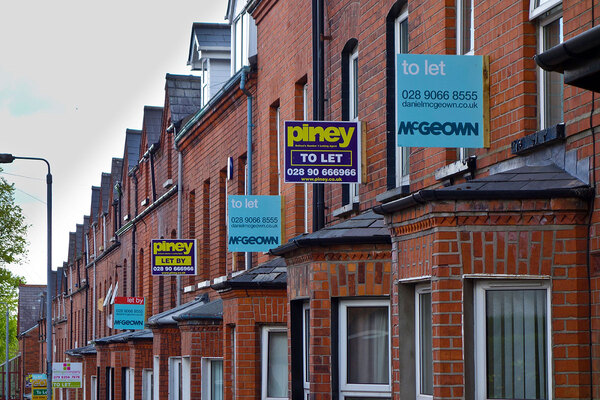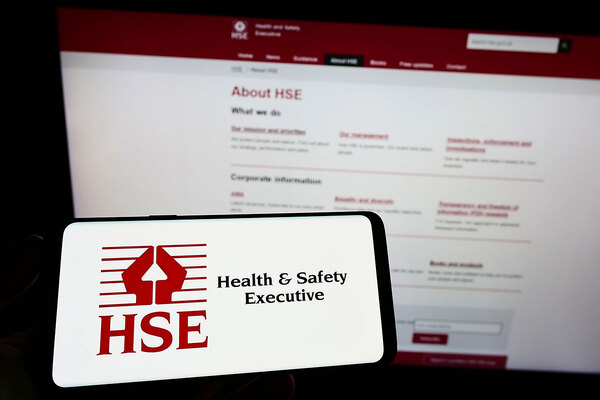Why has it been challenging to create the golden thread of safety information that Dame Judith Hackitt envisaged?
The recent white paper highlighted the need for a ‘golden thread’ of safety information about social homes. Haris Khan, commercial director at Plentific, considers what has to be done to make it happen

In association with:

The government’s Social Housing White Paper set out plans to bolster consumer regulation of the sector and Dame Judith Hackitt previously highlighted the need for a ‘golden thread’ of safety information about properties. How much progress has the social housing sector made in creating this data trail and how well equipped is the sector for changes in the consumer regulation regime?
This is obviously a very, very big issue, but I think the paradigm shift on it is now complete. Grenfell tragically highlighted the pressing need for up-to-date information about properties and the need for landlords and tenants to form strong partnerships.
The idea of tenant engagement in safety issues has, rightly, climbed the agenda, and I think the proposals on a new consumer regulation regime are changes that are long overdue – there is a need to redraft the relationship between the resident and the landlord. Obviously, that is complicated.
In addition, the golden thread of information is a complex series of data points that need to be captured during the various stages of a building’s life cycle, and we already have a huge amount of housing stock for which we have not done this.
I think we are where we need to be on mindset. We have now defined what the target is. But the hard work is trying to figure out how we are going to get there and which tools are required to do so.
Why has it been challenging for some organisations to create the sort of repository of information Dame Hackitt envisaged and which would be key to supporting resident engagement in safety issues?
There are multiple challenges, but they all come down to the reality that the data collection has to happen throughout the life cycle of a building.
With new builds, there is a blank slate and it is easier to collect a good amount of data during construction. But there is not yet an easy way to continue augmenting that data through the life of the building. Providers, such as Plentific, are working with sector experts to deploy software solutions that address this.
Then, on older buildings, there is a need to collate all the disparate data that exists in many formats – both paper-based and information in separate electronic systems or spreadsheets.
It becomes additionally complicated if the current landlord was not the original owner of the building. When something was built for one particular council and then transferred to an ALMO or a housing association and then potentially transferred to another landlord, the chances are that important records have been lost along the way.
It will be a huge job to find and collate all that information and to move fully from analogue to digital. And then, once that is done, there will need to be work to turn the information into easily searchable data which is continually updated.
I think that will take many years to accomplish and to get it right. It will be a massive project and there will need to be technological tools to support it.
There are about five million homes in the UK that are owned by social landlords, and getting information about five million properties into an easily accessible database is an immense task.
But until we do so, it will be difficult to fully engage residents in building safety. That is because it will be a challenge for social landlords to quickly and easily share information about the safety of individual appliances within a property or about the safety of a property more broadly.
How can these challenges be overcome and what are the benefits of doing so?
I think software and technology solutions can and will help here. That does not just mean coming up with systems to collate, sort and store data – although that is incredibly important. It might also mean finding new ways to capture data.
That could include, for instance, putting scannable tags onto individual assets such as gas boilers – which is something we’re working on with several clients. The tag can then be scanned by an engineer. Then, through an app, the engineer can see previous information recorded on the boiler as well as fully detailing all the work being carried out. That data is all automatically transferred to a central database which can be interrogated. These sort of approaches mean landlords have a real-time picture of compliance.
Where we have got to get to is information being routinely captured electronically and then stored in software systems that can be quickly and easily searched. That will mean that landlords can quickly and easily assess levels of compliance – as well as identify areas for improvement – but also that it is possible to regularly update tenants on the work that is being done to keep their homes safe and at a high quality.
How has the coronavirus pandemic affected progress on collecting data and engaging with residents on safety issues?
We are actually doing some research on this issue to understand it in greater depth but, anecdotally, there has been an impact.
Speaking to social landlords in the past year, they told me their sense is that some residents have been taking it upon themselves to fix the smaller issues they are facing in their households. In the context of a pandemic, that is understandable as people may be concerned about coming across as overly demanding during a very difficult time or may be anxious about letting repairs people into their homes.
But the result may be that there has been a significant under-reporting of issues over the past 12 months, which represents an additional concern for landlords.
What are the benefits of accelerating progress towards more reliable data collection on building safety?
Rapidly creating that golden thread of information will unquestionably improve safety. But if every landlord was able to say to every tenant, “Here is some bite-sized information that tells you we have completed all gas safety checks for your home on time and there were no issues and we have also completed the fire risk checks and resolved the five issues we discovered,” then it would also fundamentally transform the relationship between those two parties.
If you have a bit of mould growing in your home but have the feeling that your landlord does not care, then you are unlikely to report it. That means you will be living in substandard accommodation, which we know in turn will have a broader societal impact such as poor health, increased crime rate or poor economic outcomes. So if we get this right, there really is a virtuous circle that is created.
I strongly believe that progress is being made towards that aim, but I think we also have to identify that we are not going to get there in one big bang. We will have to take many thousands of steps in a co-ordinated way to overcome each of the hurdles in front of us on this issue. To do that, we all need to join together in a collaborative way – including software firms like Plentific.

